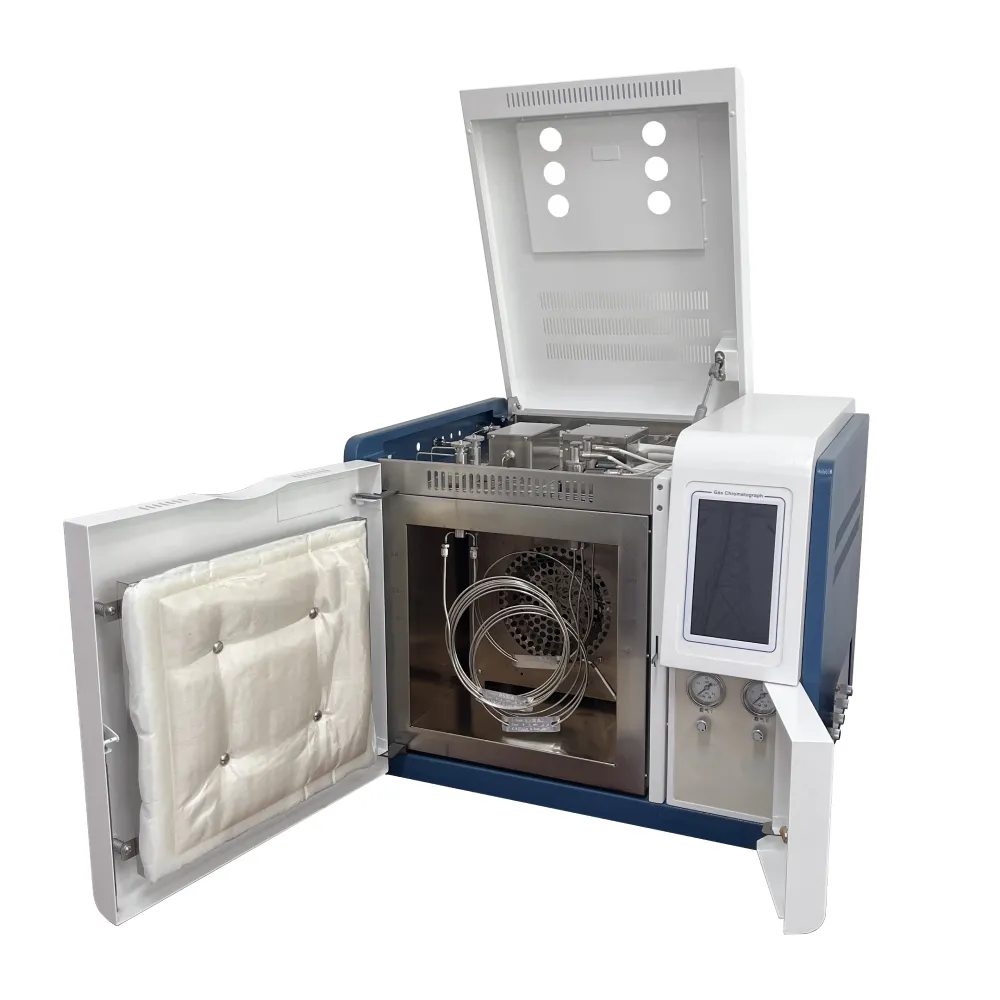 English
English



-
 Afrikaans
Afrikaans -
 Albanian
Albanian -
 Amharic
Amharic -
 Arabic
Arabic -
 Armenian
Armenian -
 Azerbaijani
Azerbaijani -
 Basque
Basque -
 Belarusian
Belarusian -
 Bengali
Bengali -
 Bosnian
Bosnian -
 Bulgarian
Bulgarian -
 Catalan
Catalan -
 Cebuano
Cebuano -
 China
China -
 China (Taiwan)
China (Taiwan) -
 Corsican
Corsican -
 Croatian
Croatian -
 Czech
Czech -
 Danish
Danish -
 Dutch
Dutch -
 English
English -
 Esperanto
Esperanto -
 Estonian
Estonian -
 Finnish
Finnish -
 French
French -
 Frisian
Frisian -
 Galician
Galician -
 Georgian
Georgian -
 German
German -
 Greek
Greek -
 Gujarati
Gujarati -
 Haitian Creole
Haitian Creole -
 hausa
hausa -
 hawaiian
hawaiian -
 Hebrew
Hebrew -
 Hindi
Hindi -
 Miao
Miao -
 Hungarian
Hungarian -
 Icelandic
Icelandic -
 igbo
igbo -
 Indonesian
Indonesian -
 irish
irish -
 Italian
Italian -
 Japanese
Japanese -
 Javanese
Javanese -
 Kannada
Kannada -
 kazakh
kazakh -
 Khmer
Khmer -
 Rwandese
Rwandese -
 Korean
Korean -
 Kurdish
Kurdish -
 Kyrgyz
Kyrgyz -
 Lao
Lao -
 Latin
Latin -
 Latvian
Latvian -
 Lithuanian
Lithuanian -
 Luxembourgish
Luxembourgish -
 Macedonian
Macedonian -
 Malgashi
Malgashi -
 Malay
Malay -
 Malayalam
Malayalam -
 Maltese
Maltese -
 Maori
Maori -
 Marathi
Marathi -
 Mongolian
Mongolian -
 Myanmar
Myanmar -
 Nepali
Nepali -
 Norwegian
Norwegian -
 Norwegian
Norwegian -
 Occitan
Occitan -
 Pashto
Pashto -
 Persian
Persian -
 Polish
Polish -
 Portuguese
Portuguese -
 Punjabi
Punjabi -
 Romanian
Romanian -
 Russian
Russian -
 Samoan
Samoan -
 Scottish Gaelic
Scottish Gaelic -
 Serbian
Serbian -
 Sesotho
Sesotho -
 Shona
Shona -
 Sindhi
Sindhi -
 Sinhala
Sinhala -
 Slovak
Slovak -
 Slovenian
Slovenian -
 Somali
Somali -
 Spanish
Spanish -
 Sundanese
Sundanese -
 Swahili
Swahili -
 Swedish
Swedish -
 Tagalog
Tagalog -
 Tajik
Tajik -
 Tamil
Tamil -
 Tatar
Tatar -
 Telugu
Telugu -
 Thai
Thai -
 Turkish
Turkish -
 Turkmen
Turkmen -
 Ukrainian
Ukrainian -
 Urdu
Urdu -
 Uighur
Uighur -
 Uzbek
Uzbek -
 Vietnamese
Vietnamese -
 Welsh
Welsh -
 Bantu
Bantu -
 Yiddish
Yiddish -
 Yoruba
Yoruba -
 Zulu
Zulu
ct meter testing
Understanding CT Meter Testing A Comprehensive Overview
CT meter testing is an essential procedure in the power industry, primarily focusing on the accurate measurement of current transformers (CTs). These devices are vital in electrical systems, used to measure high currents by producing a lower, manageable current proportional to the original. Ensuring the accuracy and functionality of CTs is crucial for system reliability, safety, and efficiency.
What is a Current Transformer (CT)?
A current transformer is a type of instrument transformer that produces an output current that is directly proportional to the current flowing in its primary winding, which is usually connected to the high-voltage electrical system. CTs are widely utilized in substations, industrial plants, and power generation facilities to monitor and control electrical flow. However, over time, factors such as environmental conditions, aging, and insulation degradation can affect their accuracy, making regular testing indispensable.
The Importance of CT Meter Testing
CT meter testing serves multiple purposes
1. Accuracy Validation Over time, inaccuracies may develop due to wear and tear, which can lead to incorrect readings. Regular testing ensures that the CTs remain accurate, thereby contributing to precise energy measurements crucial for financial settlements in energy markets.
2. Safety Assurance Faulty CTs can lead to miscalculations, resulting in unsafe operational conditions. Ensuring the integrity of these devices minimizes the risk of electrical accidents, protecting both personnel and equipment.
3. Regulatory Compliance Many regions enforce regulations requiring routine testing of electrical equipment to maintain safety standards and operational integrity. Proper CT meter testing ensures compliance with these regulations, avoiding potential fines and enhancing operational reliability.
ct meter testing

4. System Performance Accurate CT measurements are essential for effective grid management and load balancing. Testing ensures that these instruments provide reliable data that utilities depend on for operational decisions.
CT Meter Testing Procedures
Testing methods can vary but generally include
- Ratio Testing This method verifies that the output current of the CT is proportional to the input current. It helps in identifying issues with transformer winding connections or insulation problems. - Polarity Testing Ensuring that the CT connections maintain the correct polarity, which is crucial for accurate phase angle measurements and overall system integrity.
- Burden Testing This assesses the load that the CT can handle while still performing within specified accuracy limits.
- Insulation Resistance Testing This helps evaluate the insulation quality of the CT, providing insights into its lifespan and reliability.
Conclusion
In summary, CT meter testing is a critical process that safeguards the accuracy, safety, and reliability of electrical systems. Regular testing not only enhances operational efficiency but also ensures compliance with industry standards. As the demand for accurate energy measurements continues to grow in our increasingly electrified world, the importance of CT meter testing cannot be overstated. By investing in thorough testing procedures, companies ensure the longevity and performance of their critical electrical infrastructure.
-
Ensuring SF₆ Gas Safety: Introducing PUSH’s Integrated SF₆ Analyzer for Dew Point, Purity, and Decomposition MonitoringNewsJul.10,2025
-
Exploring the Main Types of Industrial Endoscopes and Their Applications Across IndustriesNewsJul.04,2025
-
Testing Equipment Industry Sees Major Advancements in 2025: Smart & Precision Technologies Lead the WayNewsJun.06,2025
-
Applications of Direct Current Generators in Renewable Energy SystemsNewsJun.05,2025
-
Hipot Tester Calibration and Accuracy GuidelinesNewsJun.05,2025
-
Digital Circuit Breaker Analyzer Features and BenefitsNewsJun.05,2025



